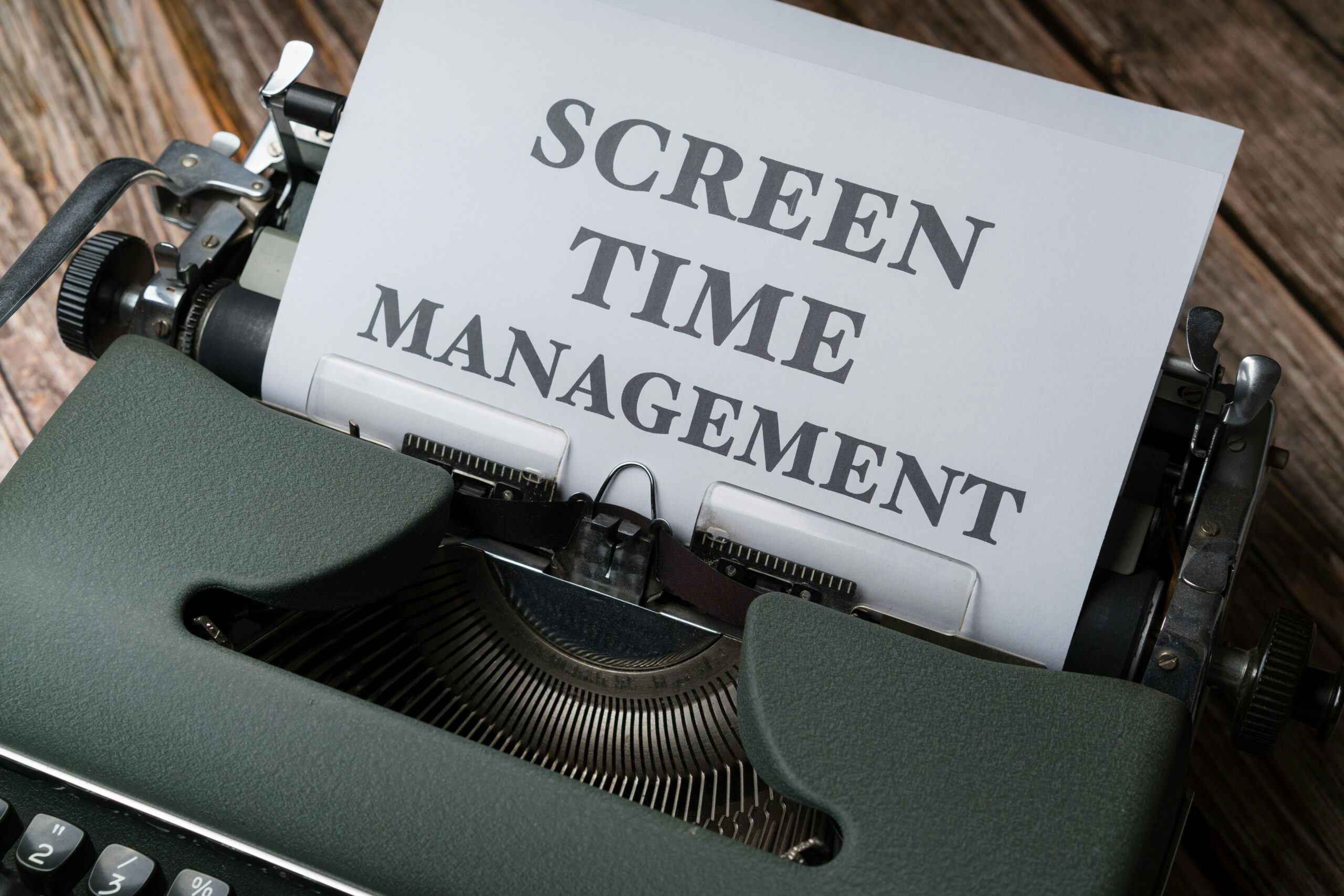Ever scrambled to pull together a presentation at 10 PM because you forgot about it all day? Or spent hours texting back-and-forth about something that could’ve been decided in five minutes with a clear plan? Yeah, we’ve all been there. Welcome to the chaos of modern life without Day Communication Plans.
In this post, we’ll dive into how planning apps can help you create seamless, stress-free communication strategies for every day of your week. You’ll learn:
- Why Day Communication Plans matter more than ever.
- A step-by-step guide to crafting killer plans.
- Top tips for executing these plans efficiently using tech tools.
- Real examples from people who transformed their productivity.
Table of Contents
- Key Takeaways
- Why Day Communication Plans Matter
- Step-by-Step Guide to Creating Plans
- Tips and Best Practices
- Examples That Work
- FAQs About Day Communication Plans
- Conclusion
Key Takeaways
- Day Communication Plans streamline decisions and reduce last-minute stress.
- Using planning apps turns chaotic schedules into organized workflows.
- The right tools make execution as simple as tapping a button.
Why Day Communication Plans Matter
“Optimist You:” *Imagine waking up knowing exactly what needs to be said, when, and why.*
“Grumpy You:” *And not having to spend an hour deciding whether ‘Good morning’ is too casual or not professional enough.*
Let’s start with the brutal truth: Without a plan, most days turn into endless rounds of “Did I miss anything important?” The average person checks their phone 58 times per day (yes, seriously). If each notification takes even two minutes to process, that equates to nearly two hours wasted daily!

This is where Day Communication Plans come in. They act as blueprints for prioritizing conversations, delegating tasks, and ensuring nothing falls through the cracks. For instance, instead of wondering which emails require urgent attention, your plan tells you precisely what to focus on—and when.
A Personal Confession
I once accidentally scheduled three Zoom calls at the same time because my notes were scattered across random sticky notes and calendar reminders. It was chaos. But guess what? Switching to a dedicated planning app turned those nightmares into smooth sailing. Chef’s kiss, people.
Step-by-Step Guide to Crafting Killer Communication Plans
Step 1: Define Your Goals
What’s the goal for your day? Are you trying to finalize a project, delegate responsibilities, or simply stay connected with teammates? Start by jotting down objectives. Then ask yourself:
“Does this align with my overall weekly priorities?”
Step 2: Use a Dedicated App
Here are some top-notch options:
- Trello: Great for organizing team projects visually.
- Notion: All-in-one workspace for note-taking and task management.
- Todoist: Perfect for individual task lists.
*Pro Tip:* Avoid Multi-Tool Madness
You don’t need six different apps crowding your screen. Stick to one or two that integrate well with your workflow. Less clutter = happier brainwaves.
Tips and Best Practices
- Prioritize Early:** Block off mornings for high-priority communications like client meetings or status updates.
- Use Templates:** Create reusable templates for recurring conversations (e.g., weekly check-ins).
- Set Boundaries:** Don’t forget to schedule downtime too; overloading leads to burnout.
- Beware Over-Automation:** While automations save time, avoid sending generic messages—personalization still rules.
A Rant About Poorly Designed Reminders
Nothing grinds my gears more than apps pinging me constantly while offering zero context. Like getting a reminder to “Follow Up” without specifying who or what. Ugh.
Examples That Work
Take Sarah, a freelance designer juggling six clients simultaneously. Before implementing her Day Communication Plan, she’d often lose track of deadlines. By switching to Trello, she created separate boards for each client, assigned due dates, and added automated email notifications. Result? She increased her monthly income by 30% within three months.
FAQs About Day Communication Plans
Q: Do I Really Need an App for This?
Absolutely. Sure, pen-and-paper works if you’re okay with carrying around notebooks everywhere—but digital tools allow faster edits and better integration with other systems.
Q: What Happens If My Plans Fail?
Plans fail sometimes—it happens. The beauty of planning apps lies in their flexibility. Reschedule, reorganize, and adapt. Think of it less as failure and more as recalibration.
Q: How Long Should Planning Take?
Aim for no longer than 15–30 minutes max. Anything beyond that risks wasting time “planning” rather than doing.
Conclusion
To recap:
- Day Communication Plans are essential for staying productive and keeping relationships intact.
- The best approach combines smart goals, streamlined tools, and consistent routines.
- Remember: Planning isn’t magic—it’s preparation meets action.
Fine tune your strategy today so tomorrow feels less overwhelming. Oh—and here’s your obligatory easter egg:
Like sand through the hourglass,
So are the minutes in our lives.
Tick-tock, get on clock!


